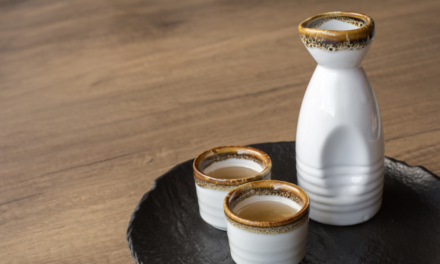If you’ve seen those scenes in movies where a haughty looking chap sniffs his glass of wine, swirls it around, takes a sip then either screws up his nose or is pleased, you probably already know what wine snobbery is!
Or we all have that one friend who coaches us on how to hold the stem of the wine glass and to detect the bouquet and have secretly labelled him as a wine snob as we obediently try to figure out the distinct scents of the wine in our hands!
Wine appreciation has a rich history, evolving from a simple pleasure to a sophisticated culture. However, the question of whether wine snobbery is a good or bad thing remains a topic of debate.

As with everything though, there are pros and cons to this.
To start with, it helps to cultivate expertise. Wine snobbery often arises from a genuine passion for the art of winemaking. Enthusiasts delve deep into the complexities of grape varieties, regions, and vintages, contributing to a broader understanding of the subject.
Then, those who are particular about their wines are usually the ones who are involved in preservation of Wine Traditions. Wine snobs may actually play a role in preserving traditional winemaking practices and promoting high standards. Their discerning taste encourages vintners to maintain authenticity and excellence.

They also elevate experiences by enhancing the overall enjoyment of wine by encouraging individuals to savor and analyze the nuances of each glass. This heightened appreciation can lead to a more profound connection with the beverage.
On the flipside of wine snobbery, often intimidation and exclusivity can create an passive aggressive atmosphere, discouraging novices from exploring and appreciating wine. This exclusivity may limit the democratization of wine culture.
Wine preferences are highly subjective, and snobbery can sometimes perpetuate an elitist attitude. This can alienate those who might have different tastes or limited access to high-end wines.
Also, there is an over-emphasis on price by placing undue importance on the price of a bottle. This focus can overshadow the genuine enjoyment of more affordable options and perpetuate the notion that quality is directly proportional to cost.
So to pivot from an elitist mindset , wine promotions can have an inclusive approach to wine education, encouraging everyone to explore and appreciate wine without fear of judgment. This can involve demystifying terminology and fostering an environment that values diverse tastes.
Rather than dismissing certain wines, wine enthusiasts should embrace a spirit of exploration, recognizing that personal preferences vary. Encouraging openness to trying new wines can foster a more inclusive wine culture. Establishing a sense of community among wine enthusiasts can break down the barriers of snobbery. Sharing knowledge, experiences, and recommendations can create a supportive environment for both beginners and connoisseurs.

While a passion for wine can lead to elevated appreciation and understanding, the negative aspects of snobbery should be mitigated to ensure that wine culture remains inclusive and enjoyable for all. It’s about finding a balance that celebrates expertise without alienating those new to the world of wine.
Can’t tell your Merlot from your Pinot Noir? Or a Chardonnay from a Pinot Grigio?
Here’s a few tips to identify good wines as a layperson.
Look at the Label: Check for information about the grape variety, region, and vintage.
Color and Clarity: Red wines typically deepen with age, while white wines lighten. Clear and vibrant colors are often indicators of quality.
Smell the Wine: Swirl the wine gently in the glass and take a sniff. A good wine should have a pleasant and complex aroma.
Taste: Consider the balance of flavors – a good wine should have a harmonious blend of acidity, sweetness, and tannins.
Body and Texture: Notice the weight of the wine in your mouth. Is it light-bodied, medium-bodied, or full-bodied? Quality wines often have a well-rounded texture.
Finish: Pay attention to the aftertaste. A longer and more lingering finish is often a sign of a higher quality wine.
Wine Ratings:Utilize wine ratings from reputable sources. Look for wines that consistently receive positive reviews.
Explore Regions: Experiment with wines from different regions. Some areas are renowned for specific grape varieties, and exploring these can be rewarding.
Learn About Grape Varieties:
Familiarize yourself with common grape varieties and their characteristics to better understand what you enjoy.
Attend Tastings: Attend wine tastings or events to broaden your palate and learn more about various wines.
But in the end, remember, personal preference plays a significant role, so trust your own taste buds and enjoy the exploration of different wines.
Salut!





